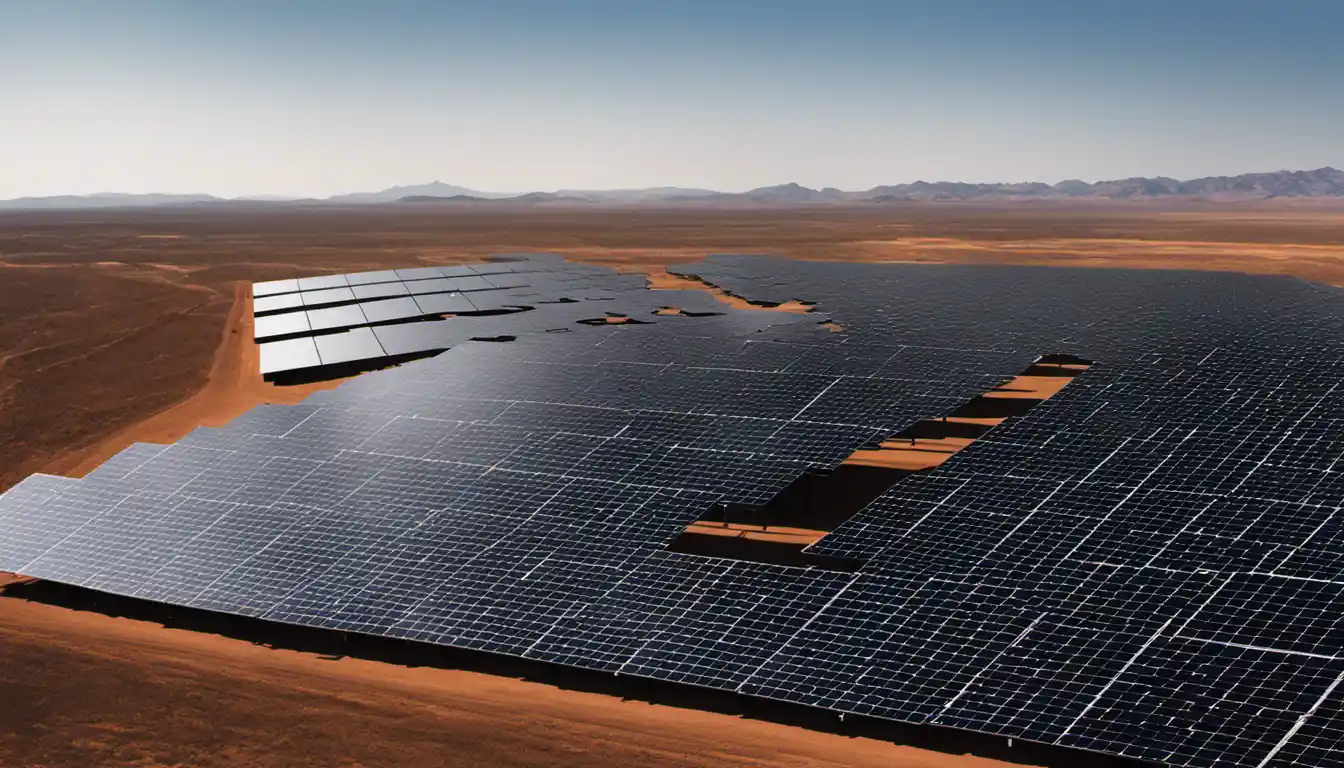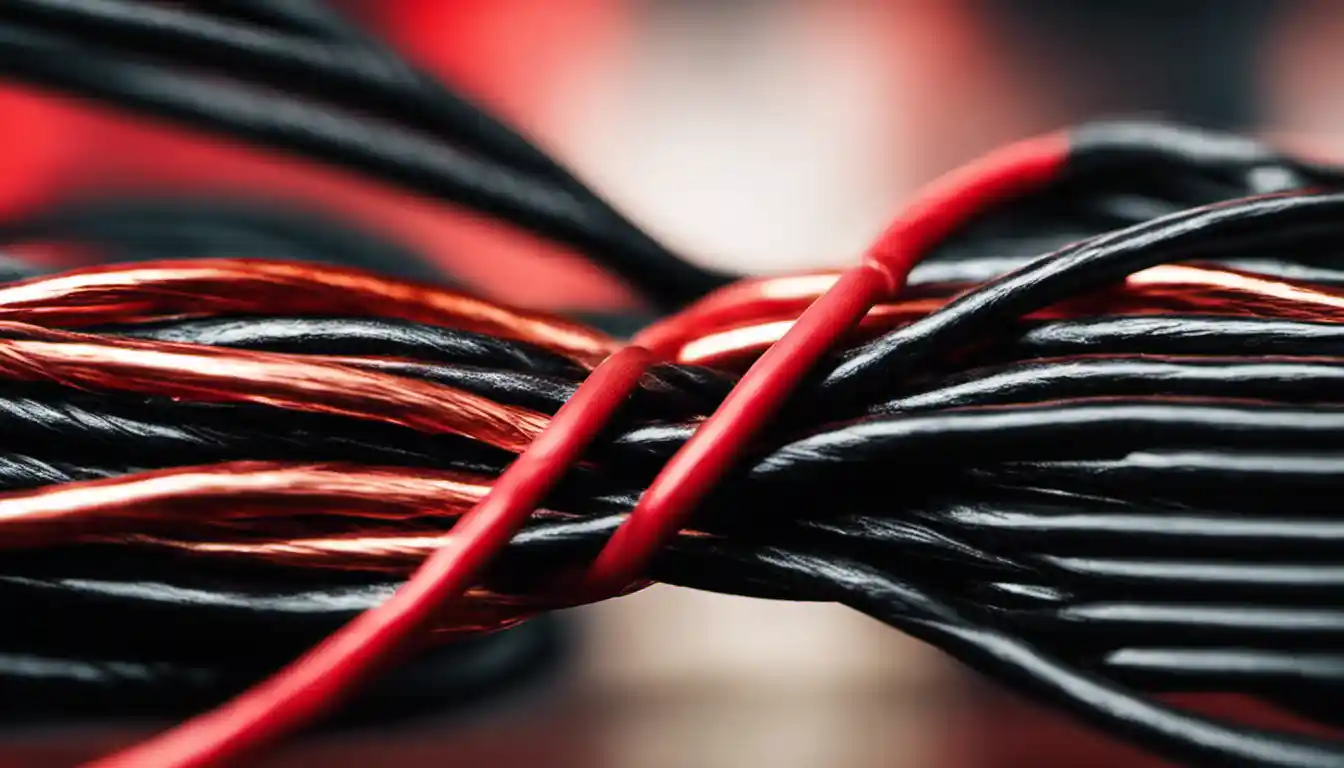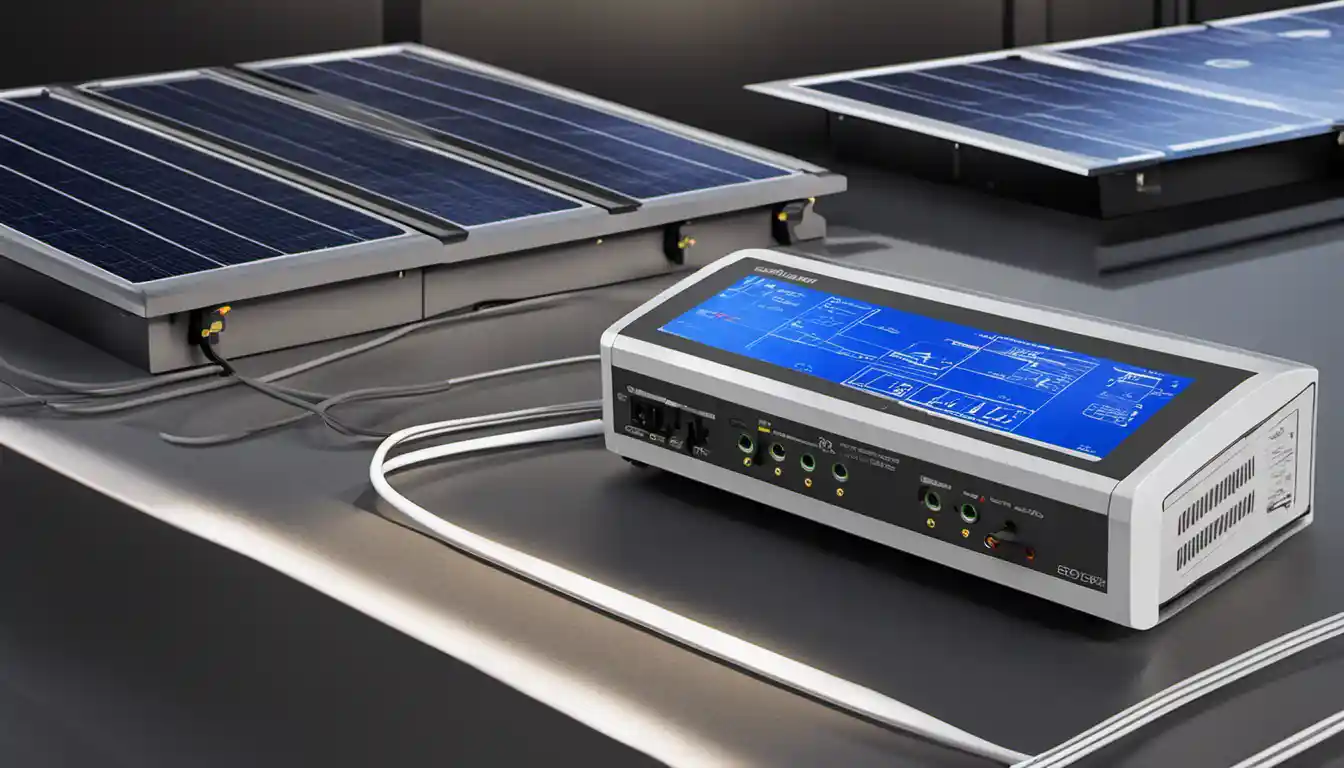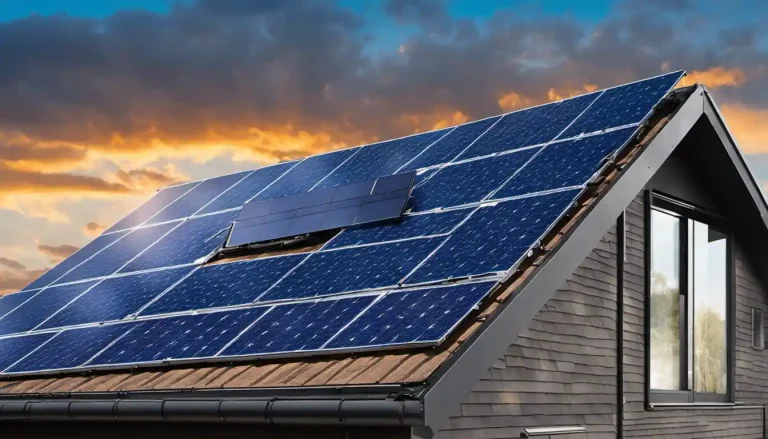Understanding the Basics of Solar Panel Wiring
The wire size from a solar panel to a charge controller depends on various factors including the distance between the two components and the system voltage. However, typically used sizes range from 10 AWG (American Wire Gauge) for smaller systems, to 2 AWG for larger systems. Always consult with an expert or a system designer to determine the correct size for your specific system.
Solar Panel Selection Based On Specifications
When you’re selecting solar panels for your setup, it’s not just about the power output. The voltage, current, and the type of connection also play an important role when determining the “wire size from solar panel to charge controller”. Make sure to consider these aspects before making your purchase.
Differing Installation Types: Parallel, Series, and Combination Wiring
Every electrical setup can either be wired in parallel, in series, or in a combination of both. Always remember, wiring in series increases the voltage while keeping the current same, whereas wiring in parallel will increase the current while keeping the voltage the same.
Key Factors in Determining Solar Panel Wire Size
Size does matter in solar installations! But, what are the factors that help determine that right size? Understanding the solar array configuration, calculating total short-circuit current, applying NEC safety margin, and limiting voltage drop are paramount.
Evaluating Solar Array Configuration

Your array’s configuration gives you a clear picture of the maximum voltage the panels can supply. With solar array configurations, keep in mind the power equation, P (power) = IV (current x voltage), as you’ll need it in your arsenal for calculating the wire size.
Identifying Short Circuit Current From Single Panel
One important consideration in the determination of the “wire size from solar panel to charge controller” is short-circuit current. You find this on your solar panel’s specification sheet or sometimes on the back of the panel itself.
Calculating Total Short Circuit Current
The total short-circuit current for your system is found by multiplying the short-circuit current from a single panel by the total number of panels if they are connected in parallel. For series connections, the single-panel short-circuit current sets the rate.
Applying NEC Safety Margin
This is a must-have safety measure! Did you know the National Electric Code (NEC) recommends an additional 25% on top of your max current to ensure safety? So, always factor this addition in your calculations.
Calculating Solar Wire Size
Now you’re getting to the heart of the matter. After you’ve gathered all the necessary pieces of the puzzle, you can now calculate what size cable from solar panels to charge controller is needed. The process involves a bit of math and a wire size chart to guide you.
Detailed Guide: What Size Cable from Solar Panel to Charge Controller?

It’s time to pull out the calculators for this one! You’ll need to understand two key terminologies here – wire ampacity (the maximum current a wire can safely carry) and voltage drop (the decrease in electrical potential along the path of the current).
Determining Wire Ampacity based on Maximum Current
The wire size should be such that its ampacity is greater than the maximum current calculated earlier, considering all factors including the additional 25% NEC safety margin.
Limiting Voltage Drop Between Solar Panels and Charge Controller
Extensive wiring between solar panels and charge controllers may lead to a voltage drop. Restricting this decrease is crucial because a significant drop can affect the system’s performance.
Practical Case: Sizing Wires for 4 Solar Panels Wired in Series-Parallel
Consider a situation with 4 solar panels wired in series-parallel configuration, where we calculate the wire ampacity based on maximum current and adjust it based on ambient temperature, which could alter the wire’s conductive properties. Don’t forget to cap the voltage drop across PV output wires too!
Choosing an Appropriate Charge Controller for Your Solar Panel

It’s not just about wiring; the charge controller is equally vital. For a detailed guide on how to install a charge controller, head over to our page on solar charge controller installation.
The Importance of Safety: Applying NEC Safety Factor in Solar Wiring
The NEC safety factor isn’t merely a recommendation – it’s a critical part of ensuring that your system is secure and efficient. Ignoring this could lead to overheating and potential system failure.
Understanding the Performance of Your Solar Array
Understanding your solar array performance is integral to maintain efficiency. Always check for signs of wear and tear, and replace any component, including wires and cable that look worn out.
Maintenance and Ongoing Support
Your system needs regular checking and maintaining, to ensure efficiency and longer lifespan. Persist in keeping those solar panels clean and ensuring the wiring stays in top-notch condition!
Wrapping Up – The Balance Between Safety and Efficiency
Calculating the wire size from the solar panel to the charge controller is integral to maintaining both safety and efficiency. Now, aren’t you glad that we unraveled this mystery for you? Stay shining, my solar compatriots!



